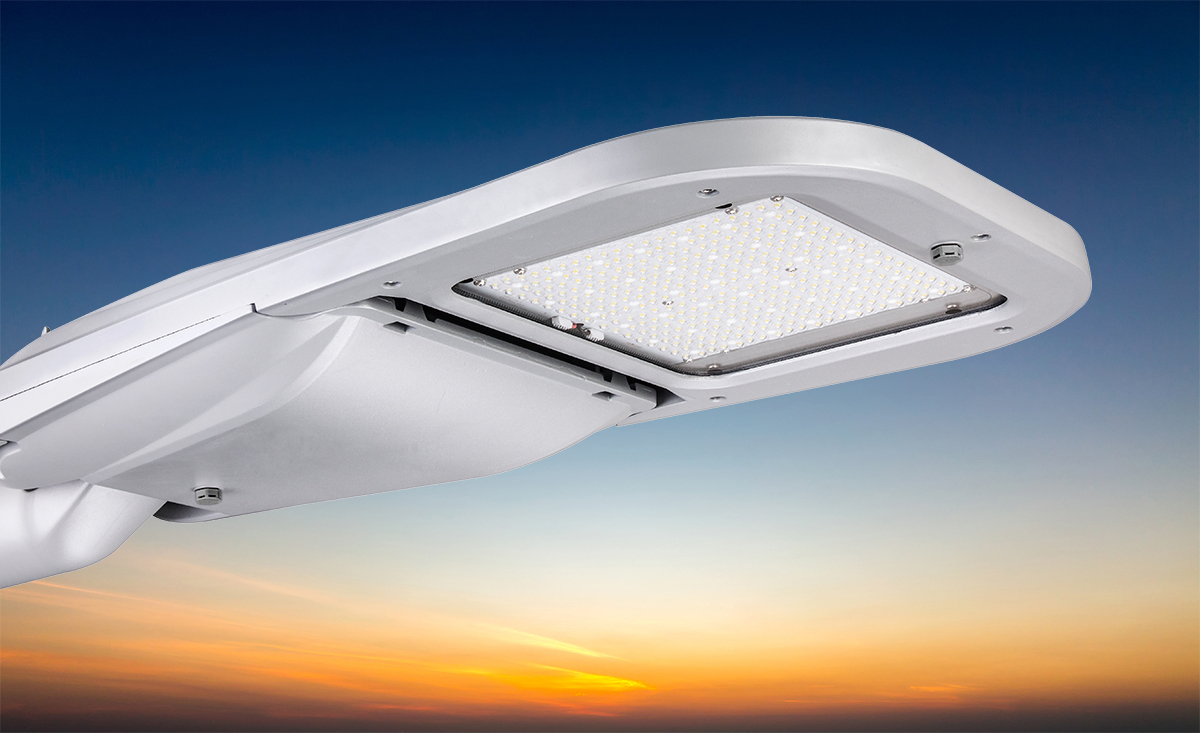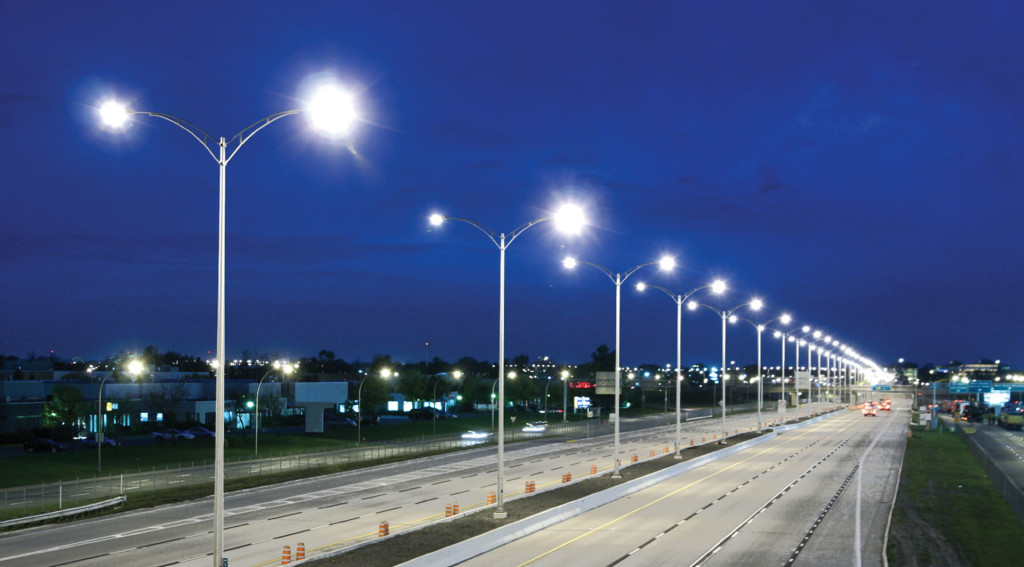
As cities continue to grow, it is becoming more and more important that they have efficient lighting systems. LED streetlights provide an innovative solution for many of these problems – from energy savings to a brighter nighttime environment.
By illuminating the future, LED streetlights offer numerous advantages over traditional lighting methods, such as improved visibility and reduced energy costs. This article will explore the various benefits of LED streetlights, emphasizing why they are becoming increasingly popular in urban areas around the world.
From improved safety standards to their eco-friendly nature, LED street lights are providing cities with a much-needed facelift while helping them achieve greater sustainability goals. Join us as we take a closer look at how LED streetlights can help illuminate our future!
Improved Safety and Visibility
LED streetlights have been a revolutionary step forward in terms of safety and visibility for nighttime travelers. By providing more illumination than traditional lighting methods, LED streetlights can make it easier to spot potential hazards on the roads, like potholes or debris.
This improved visibility also helps drivers be more aware of their surroundings and make safer decisions while driving. Additionally, LEDs use significantly less energy than other forms of outdoor lighting, making them much cheaper to operate over time.
This means that cities don’t need to worry about sacrificing safety by cutting costs for their streetlight budgets. With LED technology becoming increasingly accessible and affordable, communities around the world are taking advantage of this new level of improved safety and visibility at night.
Reduced Energy Consumption and Costs

Source: provprocure.com
LED streetlights have become increasingly popular due to their ability to reduce energy consumption and costs. LED lighting can last up to 50,000 hours in comparison with traditional lighting which only lasts around 1,000-2,000 hours.
This means that LED streetlights require less maintenance and often need fewer replacements over the years than non-LED options. In addition to increased longevity, LEDs are also much more efficient when it comes to energy usage; they use about 80% less electricity than traditional bulbs while providing the same amount of illumination on public roads and streets.
Furthermore, LED technology has a direct impact on overall costs; for example, businesses that switch from traditional lighting methods save money through lower energy bills as well as reduced labor costs associated with regular bulb changes or repairs. Consequently, switching all public roadways over to LED lighting could result in dramatic cost savings for local governments in terms of both energy and maintenance expenditures.
Increased Longevity of Street Lighting
LED streetlights provide several advantages over traditional lighting, including increased longevity. This improved lifespan is due to LED bulbs being more durable and having a longer useful life than other types of street lighting.
Additionally, LEDs are capable of operating for up to 50,000 hours before needing to be replaced – five times the amount of time offered by conventional lights. The decreased maintenance requirements that come with LED streetlights also reduce their costs in the long run when compared to traditional options.
Therefore, investing in an LED light system now could save money and resources down the line while still providing reliable illumination for years to come.
Enhanced Environmental Benefits

Source: loscerritosnews.net
LED streetlights offer enhanced environmental benefits compared to traditional lighting sources. These advantages include improved energy efficiency, which reduces the amount of electricity consumed and helps conserve natural resources.
Additionally, LEDs do not contain any hazardous materials such as mercury or lead that could be dangerous to humans or animals if released into the environment. Furthermore, LED street lights have a longer lifespan than traditional lighting sources so they require less maintenance and fewer replacements over time. This means less waste is created from discarded materials and fewer emissions are generated during manufacturing processes.
Finally, LED street light fixtures can be designed with adjustable settings that allow for efficient usage of light levels depending on the needs in an area – further reducing energy consumption while still providing adequate illumination for safety purposes.
Conclusion
The advantages of LED streetlights are clear; they provide bright, efficient lighting while using fewer resources. They last longer and require less maintenance than traditional bulbs, making them more cost-effective in the long run.
Not only do these lights increase visibility for drivers, pedestrians, and cyclists alike at night, but they also reduce light pollution due to their precise directional control. With all these benefits combined into a single product, LED streetlights are truly illuminating the future of outdoor lighting.




